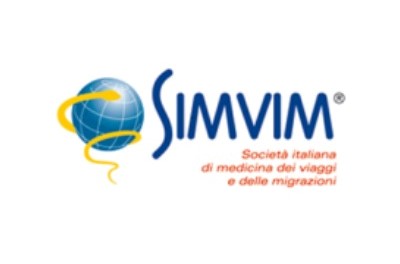Flu, know it to prevent it
Category: News - Author: Staff Ambimed
Flu is a highly contagious viral disease that infects the airways such as the nose, throat and lungs and is transmitted through droplets of mucus and saliva, or by contact with contaminated hands.
The primary objective of flu prevention is to reduce the individual risk of illness, hospitalisation and death by reaching, through vaccination, people who are considered vulnerable, i.e. who could have serious complications, and those whose role or work is considered strategic for the spread of the disease among the most fragile and predisposed to serious complications.
In Europe, approximately 40,000 people die prematurely from flu each year, 90% of whom are over 65 years old with co-morbidities (ECDC).
In Italy, flu is a seasonal epidemic, with a high incidence in the winter months, affecting between 4% and 12% of the population, depending on the year.
The report of the integrated surveillance of flu in Italy showed that 8,104,000 cases occurred in the 2018-2019 flu season, including 812 severe cases with 205 deaths. (Epicentre) Most cases, 79%, occurred in people over 50 years old. 83% of severe cases and 90% of deaths occurred in patients with at least one pre-existing chronic condition such as diabetes, cancer, cardiovascular disease, chronic respiratory disease, 80% of whom were not vaccinated (Epicentre).
.png)
Flu can be asymptomatic, with classic symptoms such as fever, cough, sore throat and general malaise, which usually resolve spontaneously within a few days.
Complicated and severe cases usually arise from bacterial or viral overinfection that occurs after the flu virus has infected the lower respiratory tract. These cases are most commonly found in people over 65 years of age in the presence of risk factors such as diabetes, chronic cardiovascular and respiratory diseases and immunodepression.
.png)
The most effective and safest method of preventing transmission is annual vaccination.
The vaccine is administered as a single dose via an intramuscular injection.
For the 2019-2020 winter season, the WHO Global Influenza Surveillance Network and the National Influenza Centres (NIC) have updated the vaccine composition:
- antigen similar to the A/Brisbane/02/2018 (H1N1)pdm09 strain;
- antigen similar to the A/Kansas/14/2017 (H3N2) strain;
- antigen similar to the B/Colorado/06/2017 strain (B/Victoria/2/87 lineage); and
- antigen similar to the B/Phuket/3073/2013 strain (B/Yamagata/16/88 lineage).
In view of the epidemic time pattern of previous years and the evidence that vaccination protection begins two weeks after inoculation, the period from the end of October to the end of December is considered the optimal period in which to vaccinate.
Flu vaccination protection lasts for 6 to 8 months. The strains of flu viruses circulating are not the same each year, which is why it is necessary to repeat the vaccination with the specific vaccine each year.
In addition to vaccination, other important preventive measures are:
- avoiding close contact if you feel like you have flu
- covering (with a handkerchief or hand) the nose and mouth when coughing or sneezing,
- disposing of tissues after use and washing hands frequently
Below are the categories considered at risk, for which seasonal vaccination is recommended (Epicentre)
| CATEGORY: | DETAIL |
| People aged 65 and over | |
| Children older than 6 months, young people and adults up to 65 years of age with conditions that increase the risk of complications from flu |
|
| Children and adolescents on long-term treatment with acetylsalicylic acid at risk of Reye's syndrome in case of flu infection | |
| Women who are pregnant at the beginning of the epidemic | |
| Individuals of all ages admitted to long-term care facilities | |
| Familiari e contatti (adulti e bambini) di soggetti ad alto rischio di complicanze (indipendentemente dal fatto che il soggetto a rischio sia stato o meno vaccinato) | |
| Soggetti addetti a servizi pubblici di primario interesse collettivo e categorie di lavoratori |
|
| Personnel who, for work reasons, are in contact with animals that could be a source of infection with non-human flu viruses | |
| Blood donors |




